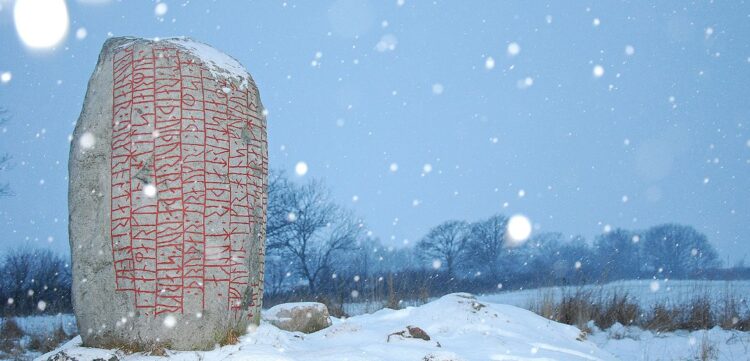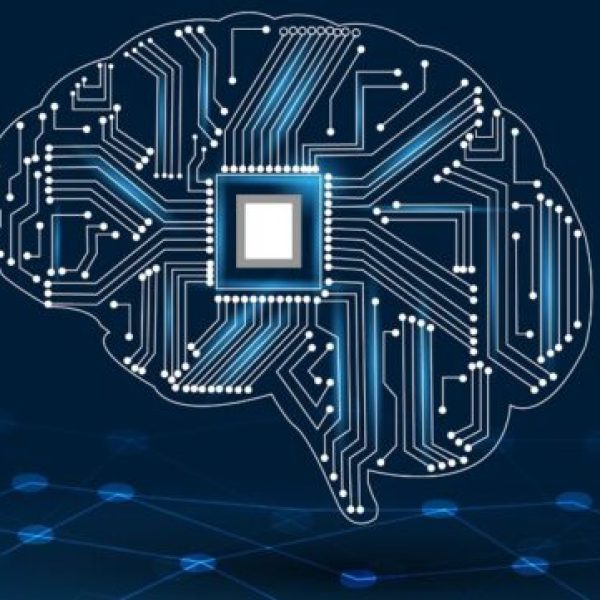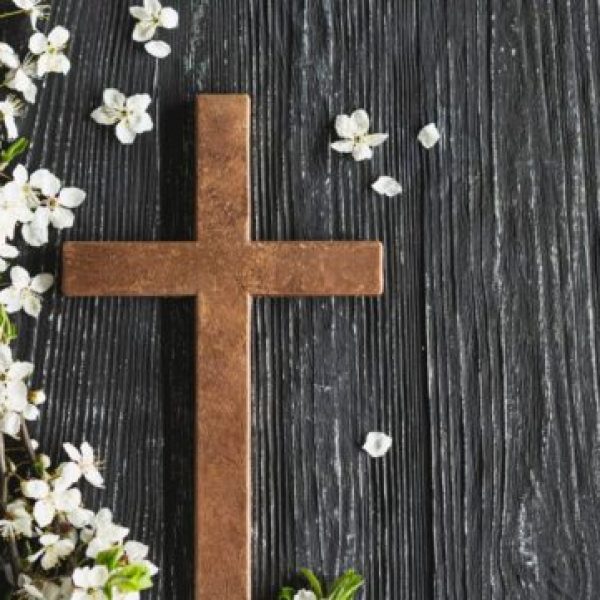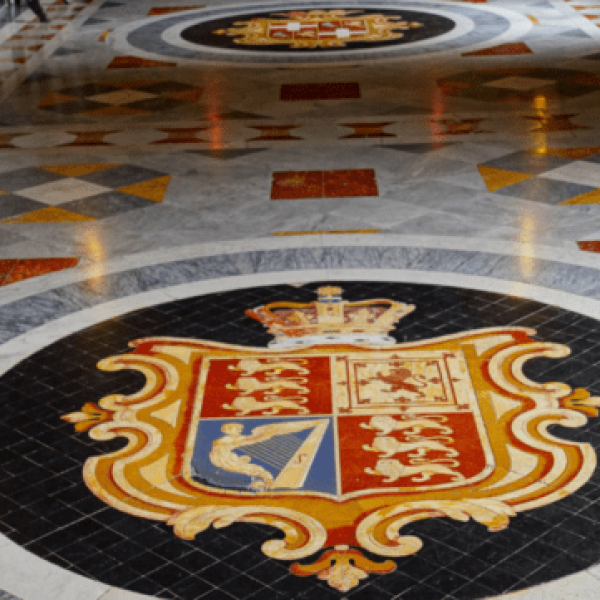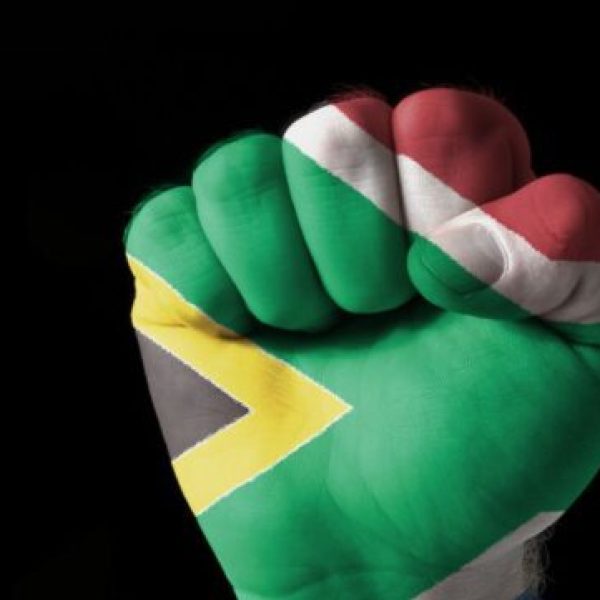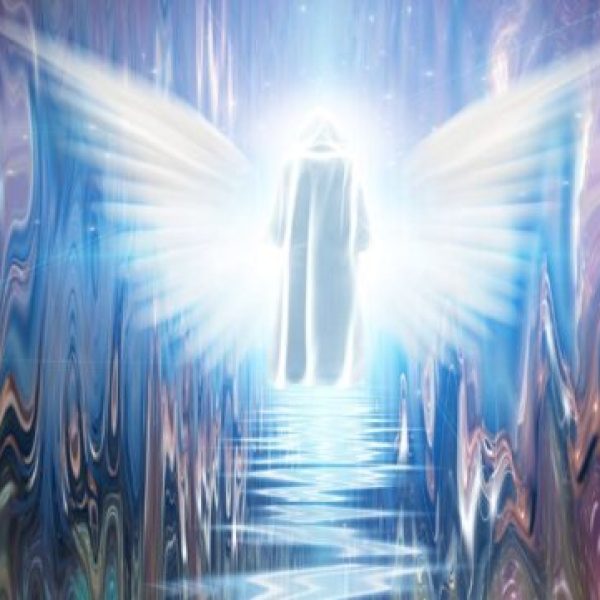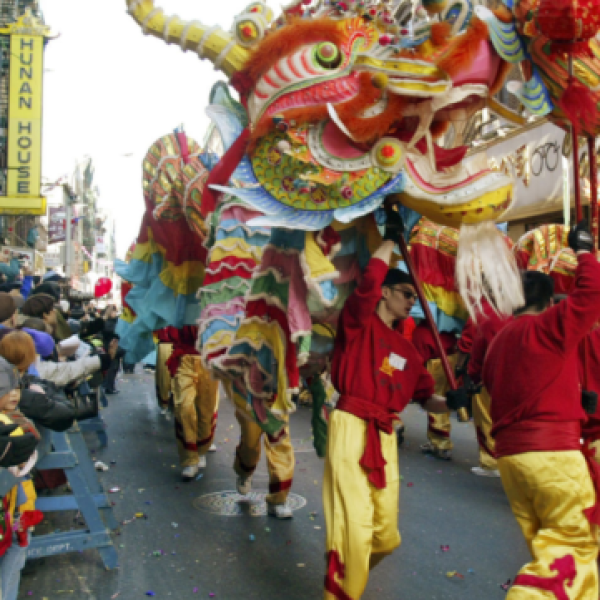Introduction: Unveiling the Mystery of Runes
Runes, with their enigmatic presence and mystical allure, have held a pivotal role in the cultural and historical tapestry of Scandinavia since the Late Iron Age. These ancient inscriptions, infused with the essence of Norse mythology and the everyday practices of the Vikings, offer a compelling portal into a bygone era. This article embarks on an explorative journey to decipher the origins, evolution, and diverse applications of rune symbols.
We will uncover the hidden Rune Symbols and Meanings scattered throughout Scandinavia, shedding light on how these symbols have been used in various contexts, from divinatory practices to marking territory or commemorating the deceased. By delving into the depths of these ancient scripts, we aim to unravel the mysteries they hold and understand the impact they’ve had on Scandinavian heritage.
The Origins and Historical Context of Runes
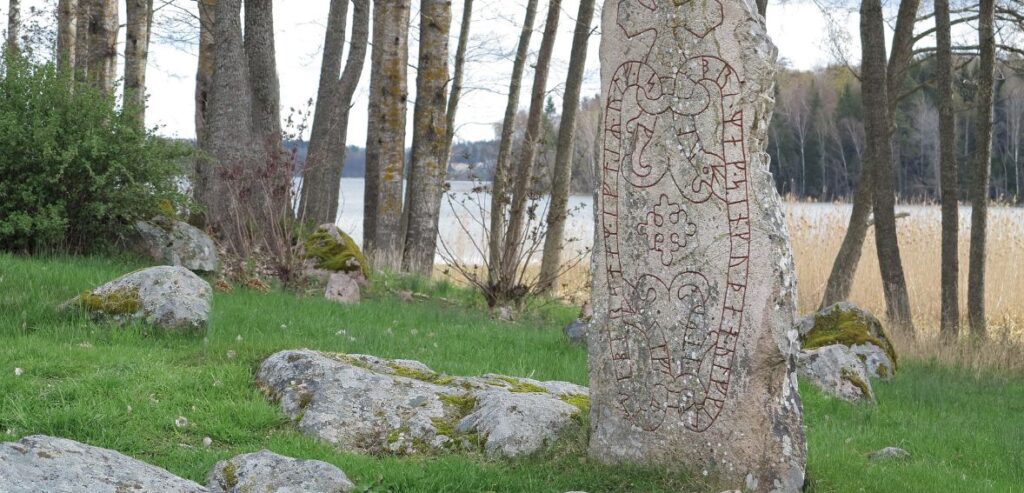
Runes transcend the typical boundaries of mere alphabetic characters; they embody profound symbols of power and mystique within the Germanic cultures, most notably among the Norse. These intriguing symbols were first developed around the 2nd century AD, drawing inspiration from the Latin and Greek alphabets. This evolution was largely facilitated by the extensive interactions between Norse traders and the Roman Empire, allowing for a cross-cultural exchange that influenced the development of the runic alphabets.
While the primary function of runes was to facilitate communication across Scandinavia and beyond, their use was not strictly utilitarian. They were deeply imbued with magical and religious connotations, often used in rituals and as talismans for protection and success. This dual nature of runes—as tools for both mundane and sacred purposes—highlights the complex role they played in the societies of the time. This exploration into the origins and historical context of Rune Symbols and Meanings reveals their significance beyond simple inscriptions, reflecting their integral role in ancient Germanic traditions and beliefs.
The Elder and Younger Futhark Alphabets
The transformation from the Elder Futhark to the Younger Futhark alphabets represents significant linguistic and societal shifts among the Norse people over several centuries. Originating around 150 AD, the Elder Futhark alphabet comprised 24 characters. This extensive alphabet was widely utilized across Germanic regions, serving various communicative and ritualistic purposes. As the Norse language evolved, there emerged a need for a more streamlined system that reflected the changing phonetic landscape and societal needs.
By the onset of the Viking Age, the Elder Futhark had given way to the Younger Futhark, a more condensed alphabet with only 16 characters. This reduction in characters signified an adaptation to the condensed phonetic structure of Old Norse spoken during that period. The transition facilitated more efficient communication and was better suited to the practical needs of the Norse in their expanding territories.
These alphabets are crucial for understanding the rune symbols and meanings that are engraved across the Scandinavian landscapes. Each rune held specific linguistic and, often, magical significance, which echoed the beliefs and practices of the time. The evolution from the Elder to the Younger Futhark not only marks a linguistic refinement but also reflects the dynamic nature of Norse society as it adapted to internal changes and external influences.
Rune Symbols: More Than Just Letters
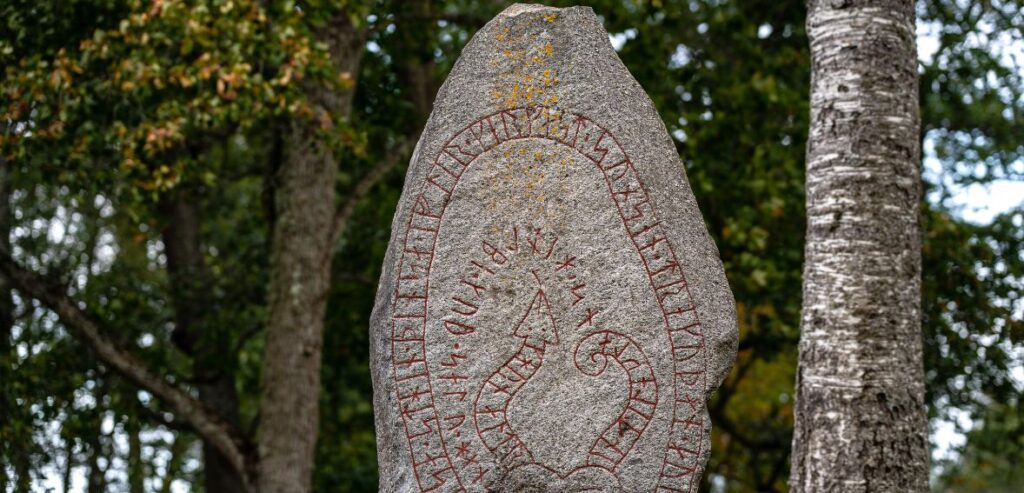
Each rune symbols in the runic alphabets carries a depth of significance that transcends its role as a mere letter. These symbols are intricately linked with Norse mythology, embodying the powers and stories of ancient gods, especially Odin—the god of wisdom and war. Odin’s association with the runes is profound, as myths suggest he sacrificed himself by hanging on the World Tree, Yggdrasil, to gain the knowledge of runes. This deep connection with divine wisdom highlights the sacred aspect of runes.
Beyond their literal meanings, runes were integral to the practices of divination and magic among the Norse. They were not only tools for writing but were also believed to have potent magical properties, capable of influencing fate and altering courses of events. This mystical aspect of the runes makes them especially intriguing, as they were often employed in various forms of spellwork and ritual, aimed at everything from successful harvests to victory in battle.
The study of Rune Symbols and Meanings reveals a complex layer of cultural and spiritual significance. Each symbol, rich with esoteric and historical resonance, offers a window into the worldview and religious practices of the ancient Norse, making them a subject of enduring fascination and scholarly interest.
Runestones: The Storytellers of the Viking Age
Runestones stand as the most striking and lasting testimonials of rune usage during the Viking Age, prominently dotted across the Scandinavian landscape. These large, often ornately carved stones were not merely markers but multifaceted storytellers of their time. They served a variety of crucial purposes within Viking society. Primarily, they were erected to commemorate the deceased, often warriors and significant figures, thereby ensuring their deeds and names were remembered beyond their earthly lives.
Additionally, runestones were used to mark territories, delineating the boundaries of settlements or significant conquests. This practice was deeply intertwined with the Vikings’ expansionist endeavors and their social organization, reflecting both their martial prowess and their complex clan structures.
Beyond their commemorative and territorial functions, runestones were narrative tools. They bore inscriptions that told tales of heroes, recounted voyages, celebrated victories, and invoked the gods, particularly in requests for protection or blessings. Through these inscriptions, modern researchers gain invaluable insights into the social norms, political dynamics, and religious practices prevalent during the Viking Age. Each runestone thus serves as a vital piece of the historical puzzle, offering a direct line to the thoughts, beliefs, and priorities of the Norse people during one of the most vibrant periods of their history.
The Magic and Mystery of Runes: A Deeper Understanding
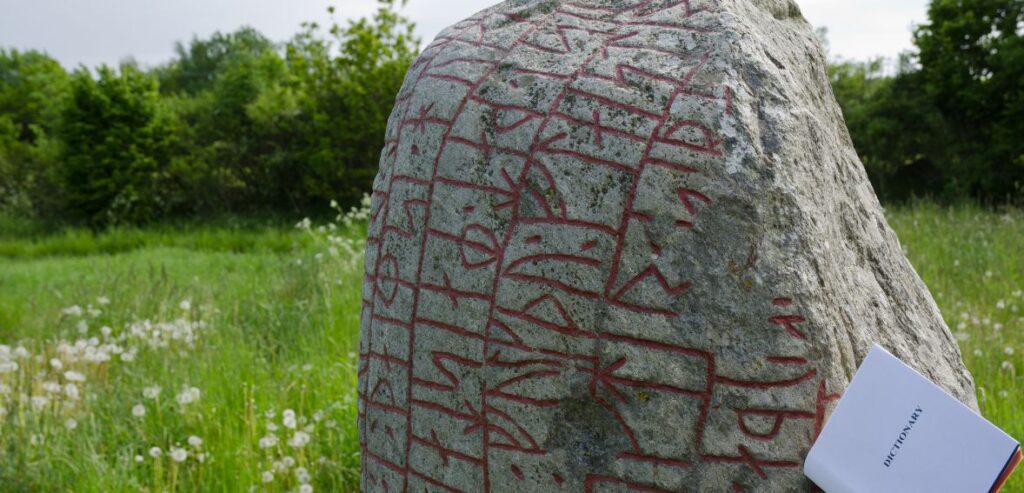
The use of runes extended far beyond the realms of mere writing and communication within Norse culture; they were deeply embedded in the magical practices of the era. These ancient symbols were not only tools for inscribing messages but also potent elements of spellcraft and ritual. Norse magicians and shamans, often referred to as seers or volvas, employed runes in various magical rites designed to protect, heal, or harm.
Runes were commonly used in protective spells, cast to safeguard warriors heading into battle or to shield a community from harm. They were also believed to be powerful in offensive magic, where certain runes could be invoked to ensure victory over adversaries or to weaken or curse one’s enemies. This demonstrates the dual nature of runes, capable of both benevolence and malevolence depending on the caster’s intentions and the specific Rune Symbols and Meanings employed.
This magical dimension of runes contributes significantly to their complexity and depth. It reflects the intertwined layers of the mundane and mystical within Norse culture, illustrating a worldview where the spiritual realm was a tangible part of daily life and natural phenomena. Thus, the study of runes opens a window into the spiritual practices and existential philosophies of the ancient Norse, showing how these symbols shaped and were shaped by the people who used them.
The Decline and Resurgence of Runes: From Obscurity to Revival
The widespread adoption of Christianity across Scandinavia, coupled with the introduction of the Latin alphabet, marked the beginning of a significant decline in the use of runes. As the new religion took hold, it brought with it new scripts better suited to the administrative and ecclesiastical needs of the emerging Christian states. This shift led to a gradual decrease in rune usage as the primary writing system in the region.
Despite this decline, runes did not vanish entirely from the Scandinavian cultural landscape. Throughout the medieval period, runes continued to be employed, albeit more sporadically and often in more secluded or conservative areas where old traditions held stronger sway. In these contexts, runes were still used for personal inscriptions, on tombstones, in secret messages, and occasionally for decorative purposes on artifacts and religious objects.
The interest in runes experienced a notable resurgence during the Romantic and nationalist movements of the 18th and 19th centuries. Scholars and cultural enthusiasts began to reexamine these ancient symbols, intrigued by their historical significance and mystery. This period saw a revival in the study and appreciation of runes, leading to a renewed understanding of their historical usage and meanings. This revival not only rekindled academic interest in runes but also reintroduced them into popular culture and national identity as symbols of a profound and ancient heritage.
Runes in Contemporary Culture: A Modern Resonance
Today, the allure of rune symbols extends well beyond their historical and cultural origins, permeating various facets of modern popular culture. These ancient symbols are now commonly featured in a broad array of mediums, including literature, where authors weave them into narratives as elements of mystery and power. Similarly, in the world of fashion and jewelry, runes are often incorporated into designs that emphasize their mystical and aesthetic appeal, appealing to a wide audience fascinated by their enigmatic qualities.
Moreover, the entertainment industry has also embraced runes, particularly in video games and films, where they are frequently used to add a layer of authenticity and intrigue to fantasy settings. Game developers and filmmakers often blend traditional rune meanings with new-age interpretations, creating a rich tapestry of symbolism that resonates with contemporary audiences. This adaptation ensures that runes remain relevant and captivating, bridging the gap between ancient traditions and modern entertainment experiences.
The enduring fascination with runes in contemporary culture highlights their versatile symbolism and the universal appeal of ancient wisdom and mysticism. As they continue to be explored and reinterpreted, runes maintain a vibrant presence in the global cultural consciousness, symbolizing a deep connection to the past that continues to inspire and intrigue people around the world.
Conclusion: The Legacy of Runes in Scandinavian Landscapes
The rune symbols scattered across the Scandinavian landscapes transcend mere archaeological interest; they serve as dynamic and vibrant links to an ancient past, richly narrating the lives and beliefs of the Norse people. Each runestone and each inscription weathers time not just as silent sentinels but as storytellers, revealing a world where magic and the mundane were seamlessly integrated. These stones and their carvings illustrate a society where powerful symbols were not only used for everyday communication but also wielded to influence fate and fortune, shaping the lives and destinies of entire communities.
Delving into the study of these rune symbols and their meanings, we forge a connection with a distant, yet profoundly resonant past. This exploration uncovers not only the functional beauty of these inscriptions but also the deep mysteries embedded within them. The Scandinavian landscape, dotted with these enigmatic symbols, continues to captivate and inspire a wide array of individuals—from historians and scholars to artists and seekers of the arcane.
This enduring interest underscores the significance of runes as more than historical artifacts; they are a source of endless fascination and a continuous wellspring of inspiration for understanding ancient wisdom and the interconnectedness of human experience across the ages. As we uncover and interpret these ancient marks, we keep the legacy of the Norse alive, allowing them to speak to us across the centuries with messages of their fears, aspirations, and spiritual depth.
Frequently Asked Questions:
What are runes and where do they come from?
Runes are characters from ancient alphabets used primarily in Northern Europe, particularly by the Norse and other Germanic peoples, from around the 2nd century AD. They originated as a result of interactions between Norse traders and the Roman Empire, which influenced their development from Latin and Greek alphabets. Runes were used for both everyday writing and magical purposes, often inscribed on stone, wood, or metal.
What is the difference between the Elder Futhark and the Younger Futhark alphabets?
The Elder Futhark, consisting of 24 runes, was the earliest runic alphabet used extensively across the Germanic regions from around 150 AD. It evolved into the Younger Futhark by the Viking Age, which had only 16 runes. The reduction in characters reflected changes in the Old Norse language and its phonetic structure, making it more suitable for the practical needs of the Norse people during their expansionist period.
How were runes used in Viking society?
Beyond their use as a writing system, runes had significant roles in Norse culture and spirituality. They were employed in divinatory practices, as talismans for protection and success, and in rituals. Runestones, large carved stones, were used to commemorate the deceased, mark territories, and tell stories of heroism and divine invocation. They serve as key historical sources that provide insight into the lives, beliefs, and social structures of the Vikings.
Are runes still relevant today?
Yes, runes continue to capture the imagination in modern times. They are featured in literature, fashion, and entertainment, often symbolizing mystery and ancient wisdom. Scholars study runes to gain insights into early medieval European history and linguistics, while enthusiasts explore their mystical aspects. Runes also hold a place in modern paganism and esoteric practices, highlighting their enduring appeal and multifaceted nature.


